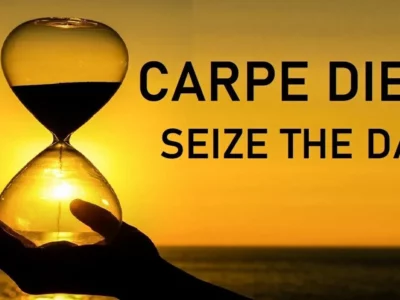The states are stepping up on climate change
Will it be enough?
In just the last week, two economically and politically important states, New York and Virginia, took major steps toward reducing their contributions to climate change. On Tuesday, Virginia Governor Terry McAuliffe (D) signed an executive order directing the state’s Department of Environmental Quality to develop and propose a regulation to the State Air Pollution Control Board “to abate, control or limit” emissions of carbon dioxide from electric power plants. The order also asks that any regulation is “trading-ready,” or compatible with multi-state trading programs, which many have speculated is a signal that Virginia may join the Regional Greenhouse Gas Initiative, the group of Northeastern states that participate in a carbon trading market. While some environmentalists are luke warm about the timing of this announcement, with less than a year left in McAuliffe’s term, it’s still a bold step for a purple, southern state to take on one of the most politically charged issues. The race for governor later this year provides an opportunity for voters to directly signal their support or opposition to the order, as the party of the next governor will likely determine its fate.
And just yesterday, New York Governor Andrew Cuomo (D) announced a statewide plan to reduce methane emissions, as part of the state’s goal to reduce GHG emission by 40% from 1990 levels by 2030. With this move, New York joins California as leaders in addressing short-lived climate pollutants like methane. New York’s plan highlights the diversity in state emissions profiles; unlike California, where dairy and livestock account for 55% of methane emissions, while landfills produce 20% and oil and gas emissions make up only 4%, New York’s methane profile features 58% of emissions from landfills, 11% from oil and gas, and only 22% from agriculture. As a result, it may actually be easier for New York to meet its methane reduction goal than California, since reducing organic waste and capturing landfill gas are less costly and less controversial than installing biodigesters at dairies.
As encouraging as these developments are, we will need more than a handful of states to start ramping up mitigation efforts if we are going to avert the worst of climate change. But as more states emulate California and prove that these measures don’t kill economies or jobs and improve lives, maybe that handful will grow.








Reader Comments